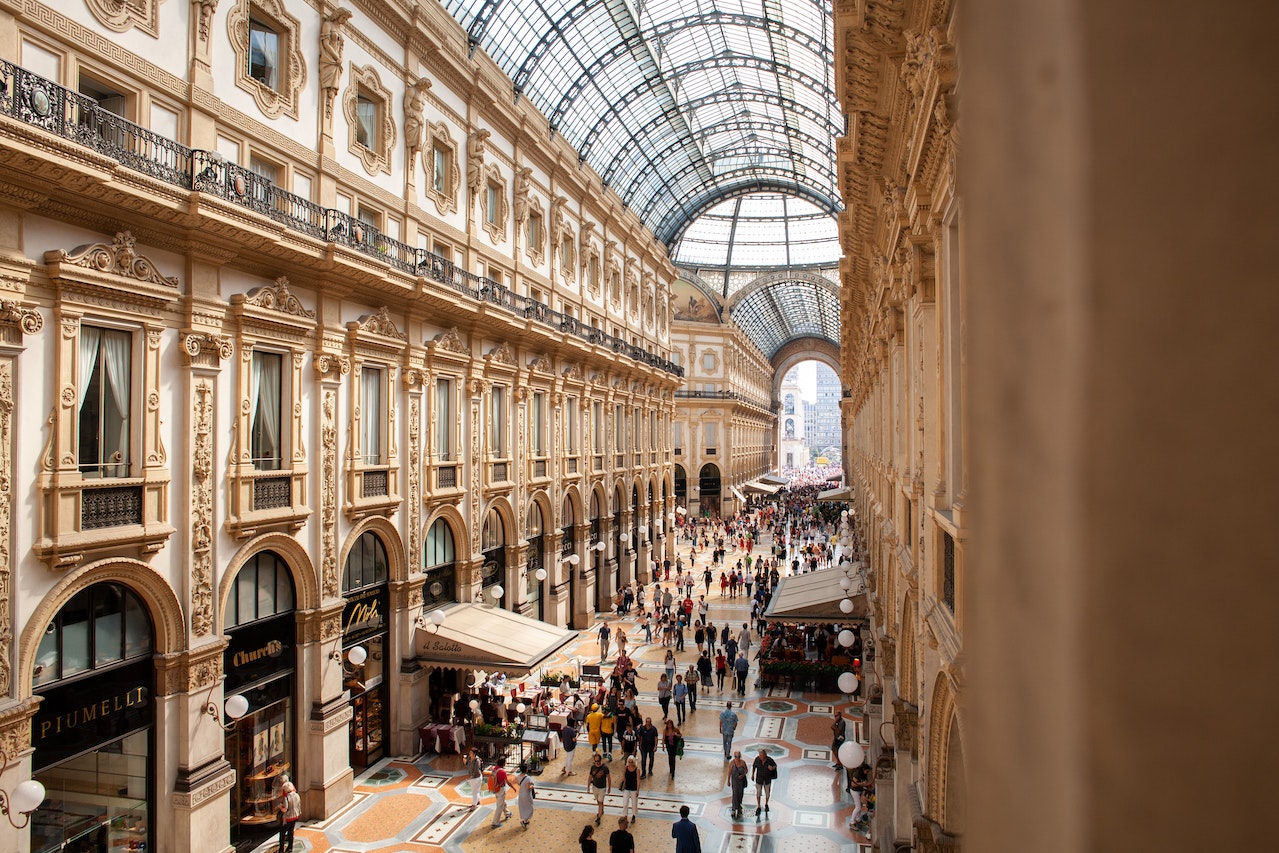How Architecture Styles Have Changed Over The Years
Posted on 20 Dec, 2022

Architecture, like any form of design, goes through changes. We are fortunate that the grand scale of some of these structures mean that we have examples of the changing facade of building design stretching back tens of thousands of years. Indeed, the oldest free-standing building that still remains mostly intact – the Göbekli Tepe in Turkey – was built around 10000 BCE. That’s more than 7000 years before either the Great Pyramid of Giza or Stonehenge.
In this article, we thought we'd take a brief look at some of the most famous and significant architectural styles that still influence our approach to building design to this day.
Classical (850 BCE to CE 476)
When we talk about the classical period of architecture, we’re talking about the Ancient Greeks and Romans. It is during this period that symmetry was first considered a prerequisite of great architecture. Both the Roman architect Marcus Vitruvius and the Greek mathematician Euclid (known as the father of geometry) contributed greatly to this view. This is the age of soaring columns, vaults and domes, made possible by a combination of mathematical accuracy and the Roman invention of concrete.
Byzantine (527 to 565)
Though short-lived, the Byzantine period saw the merging of two great architectural traditions. The classical building design of Rome was influenced by different traditions from the Middle East. This included the use of coloured bricks instead of white stone and concrete, as well as elaborate mosaics and taller, broader domes. These could be built so high by making the walls of the dome thinner and thinner as they reached the apex.
Romanesque (800 to 1200)
While the Roman Empire was faltering during the early medieval period, it’s influence was still being felt in an architectural style known as Romanesque. This incorporated rounded arches, thick walls and heavy palisades, giving us what we think of as the traditional Western European style for churches and castles.
Gothic (1100 to 1450)
Gothic architecture was the result of improved building materials that allowed for larger, taller, and more imposing buildings. Used in churches and cathedrals across Europe, it allowed these scared buildings to stretch towards the heavens. The style was a combination of Romanesque and Moorish architecture from Spain.
Renaissance (1400 to 1600)
The Renaissance saw a return to Classical ideals following what we now think of as the Dark Ages. The teachings of ancient Rome and Greece were rediscovered, including their work with building design. Beautiful new buildings were created in the Roman style, but with all the modern materials and techniques available to Renaissance Europe.
Baroque (1600 to 1830)
The ornate nature of Baroque architecture was a reaction to the simplicity of the Renaissance. The style was elaborate, lavish and extravagant, doing away with symmetrical design in favour of irregular shapes and opulent ornamentation. Hugely popular among the aristocracy, examples can be found from the Palace of Versailles to the St Petersburg.
Neoclassicism (1730 to 1925)
The extravagance of the Baroque period (and of the later Rococo period) gave way to Neoclassical design. This style chose to forgo the elaborate towering edifices of those earlier forms of architecture in favour of more classical ideals. The style was popular among the French and American revolutionaries of the age, seeing it as a more egalitarian style than the opulent Baroque buildings. The US Capitol Building is a perfect example of this style.
Neo-Gothic (1905 to 1930)
Just like their forbears, Neoclassicism was replaced by Neo-Gothic design. Taking inspiration from those soaring Gothic cathedrals of old, the principles were applied to more modern buildings – notably skyscrapers, which benefitted from the severe vertical lines, arched and pointed windows, pinnacles and carvings.
Art Deco (1925 to 1937)
Art Deco combined the machine age with the ancient world. Its zigzag patterns and cubic forms were examples of the streamlined style associated with modern technology, while its broader aesthetic and use of iconography plundered design elements from classical Greece and Rome, the Middle East, Ancient Egypt, Africa, India, and even the Mayan and Aztec cultures.
Modernist Styles (1900 to Present)
Modern building design seeks to embrace function over form. Where buildings once took years, lifetimes or even generations to complete, we now have the technology to build them in a fraction of the time. While this makes practicality more important, it doesn’t stop modern architects from embracing the styles and techniques that have gone before.
Who knows what the future of architecture and building design will bring? If you're looking for the latest jobs in the interiors, furniture or product design sectors, be sure to sign up with Careers in Design today for the latest vacancies.
Posted in: Designers
